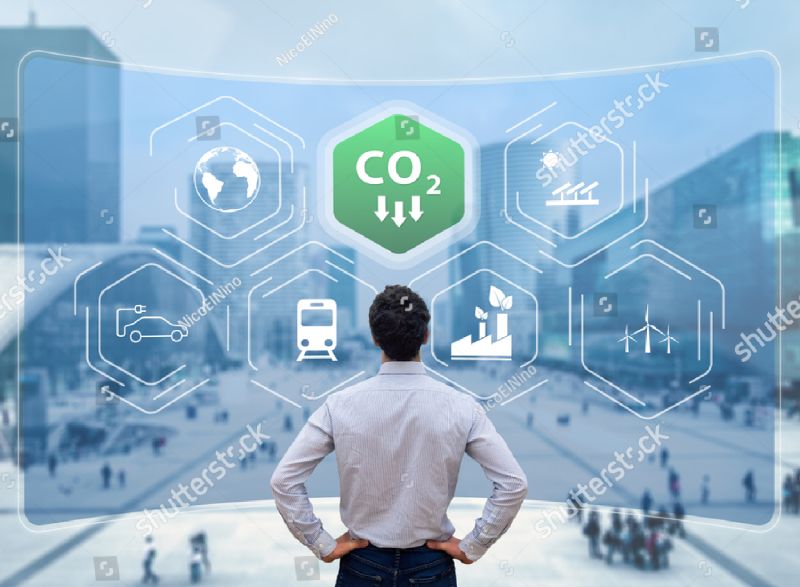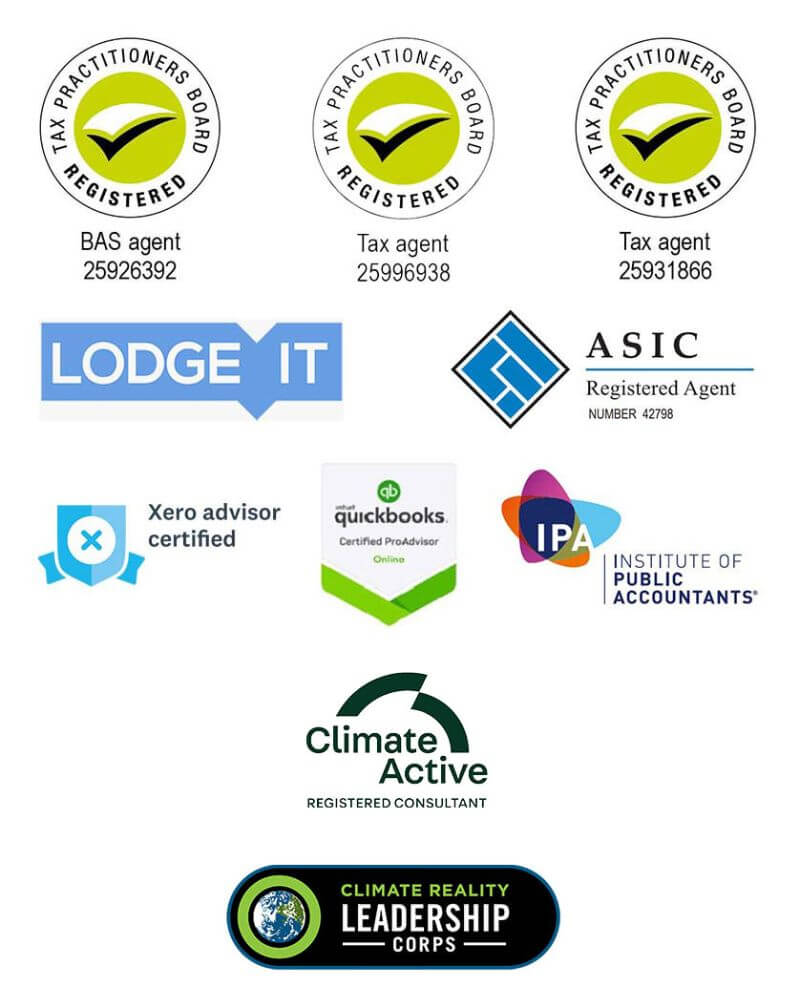Earth’s climate has gone through many roller-coaster peaks and declines. However, about 7,000 to 5,000 years ago, the climate stabilized, and over the past 7,000 years, the temperature only changed by 0.5 degrees centigrade. Because of this incredibly stable Earth’s temperature and climatic conditions, human civilizations were able to blossom.
Scientific evidence shows that between 8,000 to 6,000 years ago, greenhouse gas levels remained stable or declined. However, greenhouse gases have risen slowly over the last 6,000 years as humans have begun clearing forests and burning fuels. It is believed that early human activities reversed the decline of greenhouse gases and stopped the eventuality of another ice age. In that respect, human-induced climate change started much earlier than we currently believe.







